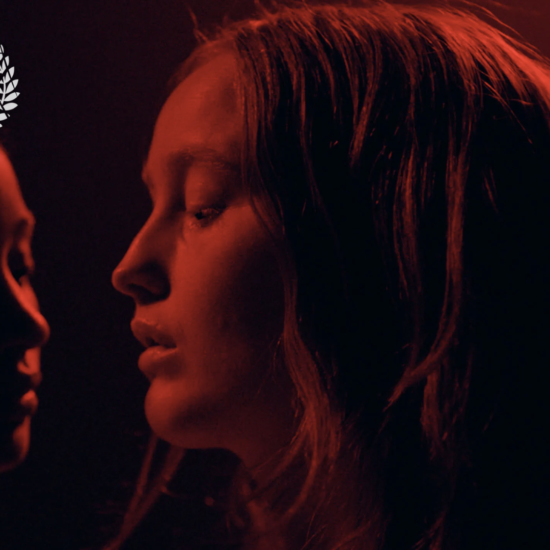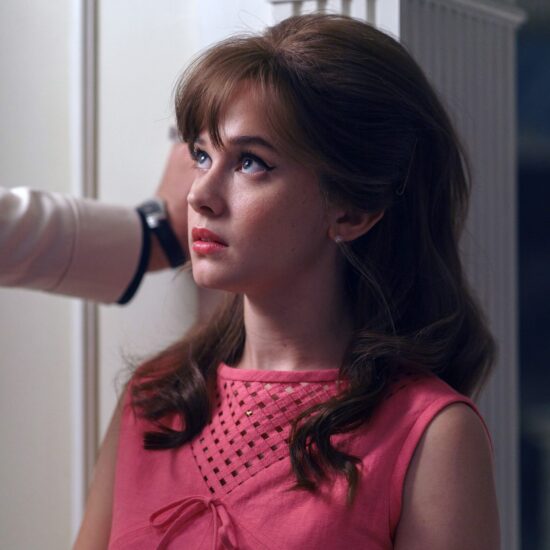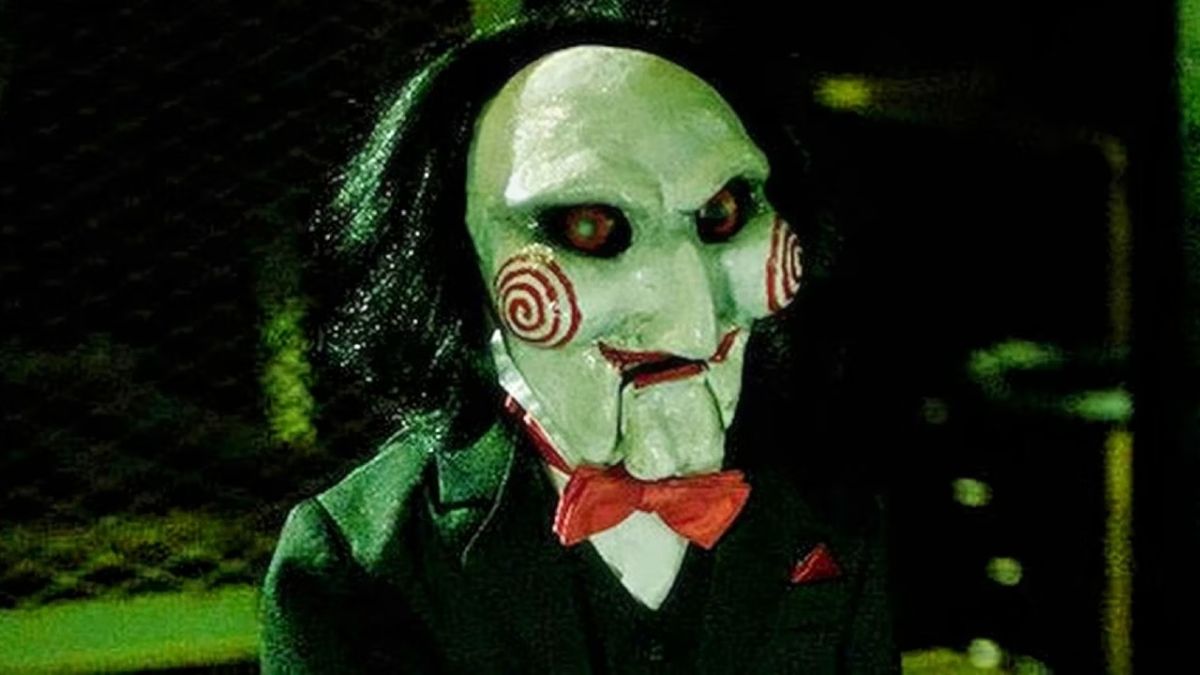
In recent years, cinematic universes have expanded beyond comic-book movies, with horror movie franchises gaining popularity; captivating audiences with chilling tales. From masked killers to sinister creatures, these franchises have left a mark on the genre and pop culture. As we delve into the dark recesses of horror history, we’ll uncover the best and worst aspects of some of the most iconic horror franchises ever spill blood on the silver screen.
Saw (2004 – Present)
Busting onto the scene in 2004, Saw, helmed by James Wan and Leigh Whannell, offered a fresh and twisted take on the genre and, for better or worse, ushered in the rise of the “torture porn” subgenre in the early 2000s.
Best Thing: The Innovative Puzzles – At the core of Saw‘s appeal were Jigsaw’s elaborate and mind-bending puzzles, challenging victims’ morals and pushing them to their limits, making the audience eagerly anticipate the next twisted puzzle and driving each movie to outdo itself with gruesome set pieces.
The Worst Thing: The Convoluted Mythology – As the series advanced, it grew more complex, particularly after John “Jigsaw” Kramer (Tobin Bell) died in the third film, causing writers to get creative to fit him into the narratives. The intricate backstory and interconnected plots created a convoluted mythology, challenging both new and longtime fans with confusing webs of characters and timelines. Bell is set to return (again) in the forthcoming Saw X.
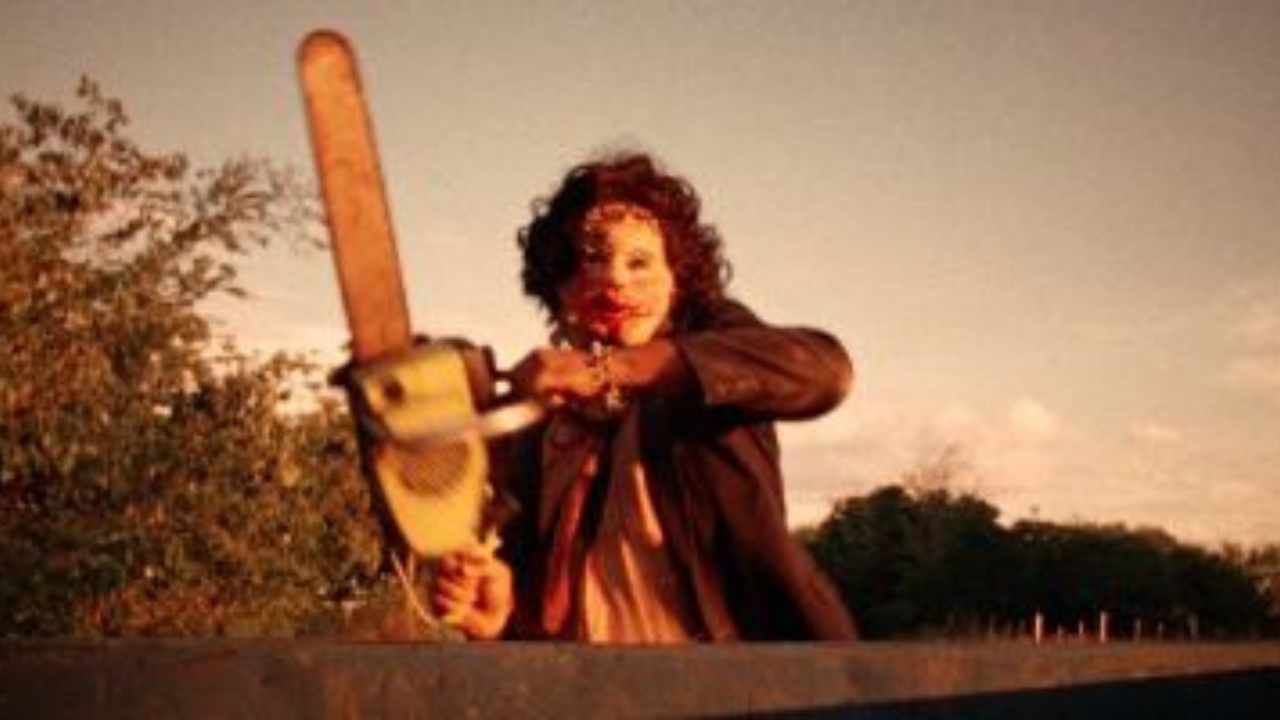
The Texas Chainsaw Massacre (1974 – 2022)
The 1974 OG film, directed and produced by Tobe Hooper, and written by Hooper and Kim Henkel, is a low-budget slasher set in rural Texas, revolving around a family of cannibals who abduct gas station customers, and is considered one of the best ’70s movies and a great summer horror watch.
The Best Thing: The Sawyer Family – The series’ enduring legacy lies in the terrifying and deranged Sawyer family. Led by the iconic Leatherface, a chainsaw-wielding maniac with a penchant for human skin masks, the family’s grotesque and unpredictable nature made them standout in the horror pantheon.
The Worst Thing: Leatherface’s Character Inconsistency – While Leatherface remains a horror icon, the character’s portrayal suffered from inconsistency across the franchise. In some films, he was a mindless brute; in others, he showed signs of vulnerability and complexity.
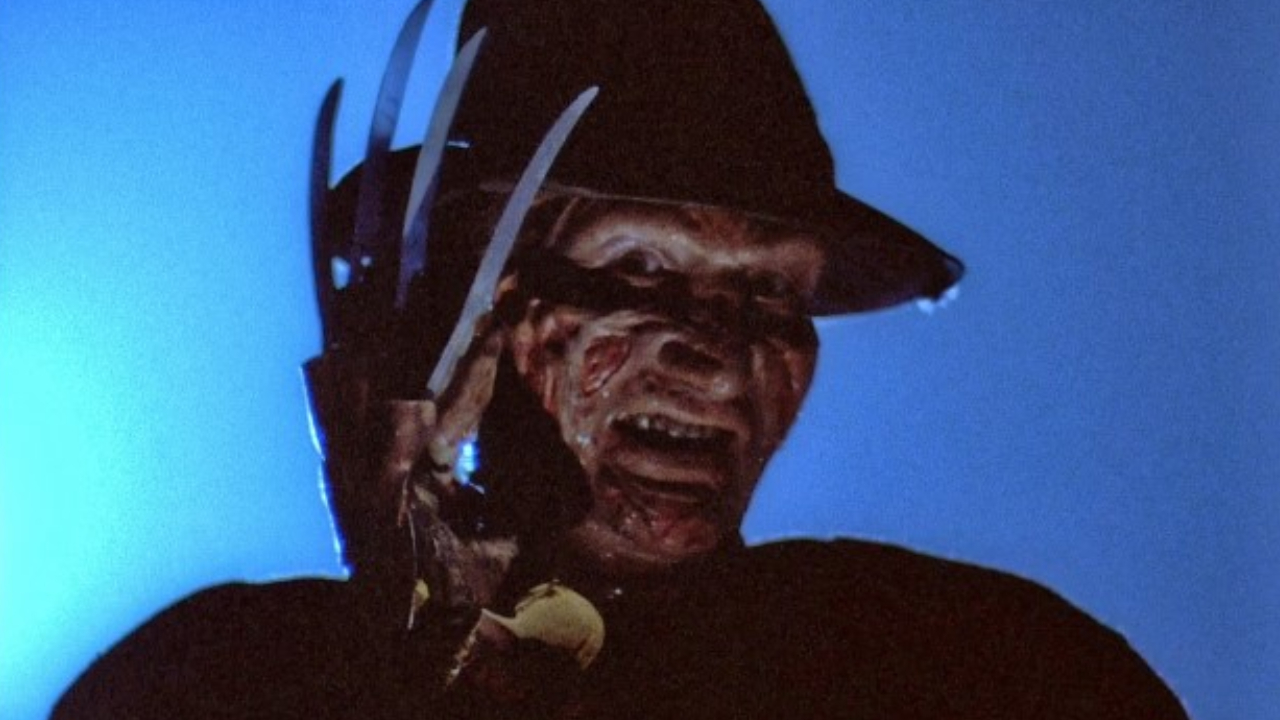
A Nightmare On Elm Street (1984 – 2010)
Wes Craven’s 1984 A Nightmare on Elm Street centers around Freddy Krueger, a vengeful apparition of a former child killer, terrorizing and killing Springwood, Ohio’s teenagers in their dreams after being burned alive by their parents.
The Best Thing: The Iconic Dreamscapes – Elm Street revolutionized horror with its dream-based terror, blurring the line between reality and nightmare. Freddy’s invasion of victims’ dreams resulted in unforgettable and imaginative horror sequences, and some incredibly gruesome kills.
The Worst Thing: The Evolution to a Comedic Tone – As the franchise wore on, it gradually shifted from bone-chilling horror to a more comedic approach. While Freddy’s dark humor initially added to his sinister charm, it eventually led to a tonal shift that diluted the terror and alienated some die-hard horror enthusiasts.
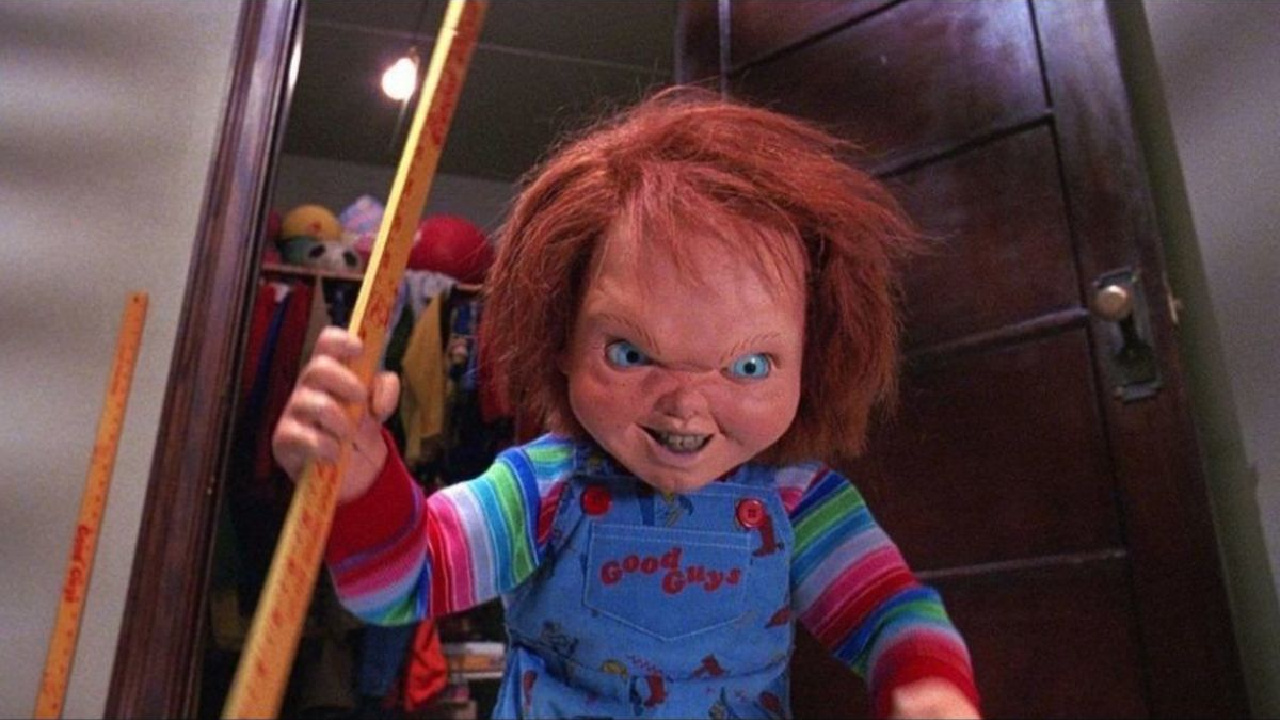
Child’s Play/Chucky (1988 – Present)
Created by Don Mancini, the Child’s Play franchise centers on a notorious serial killer who transferred his soul into a “Good Guy” doll named Chucky (voiced by Brad Dourif) using a voodoo ritual. Since the original film’s release on November 9, 1988, the franchise has expanded with six sequels, a successful television series, a remake, comic books, a video game, and tie-in merchandise.
The Best Thing: Writer/Creator Don Mancini – What makes Child’s Play one of best scary doll movies is the creative genius of Mancini, whose vision brought to life the possessed doll with a wicked sense of humor, and his ongoing stewardship of his creation keeps the franchise fresh and engaging.
The Worst Thing: The Shift in Focus to Chucky as a Lead – Chucky became a prominent lead character as the franchise evolved, losing some of the tension from earlier films. However, the fantastic recent TV series has found a more balanced tone.
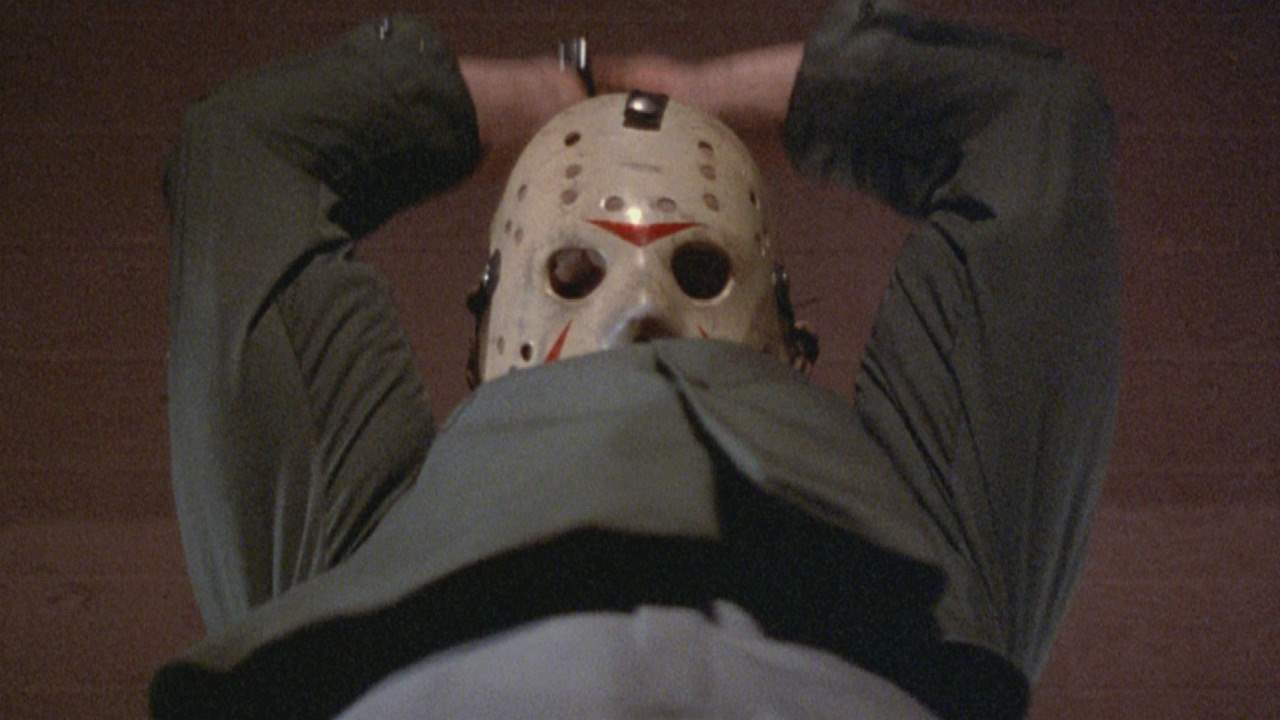
Friday The 13th (1980 – 2009)
In 1980, the Friday the 13th movies introduced Jason Voorhees and his vengeful mother, who targeted camp counselors for her son’s supposed drowning. Decades later, the “cursed” lake becomes the backdrop for a series of mass murders perpetrated by the resurrected Jason.
The Best Thing: The Iconic Villain, Jason – Though it took three movies to solidify the look, the hockey-masked killer with his signature machete became synonymous with the franchise and a pop culture icon.
The Worst Thing: Lack of Compelling Franchise Leads – The franchise struggled to create compelling lead characters that could match Jason’s fearsome presence, with Tommy Jarvis being the closest to a recurring lead. As a result, the focus often returned to the killer, leaving some films with lackluster protagonists.
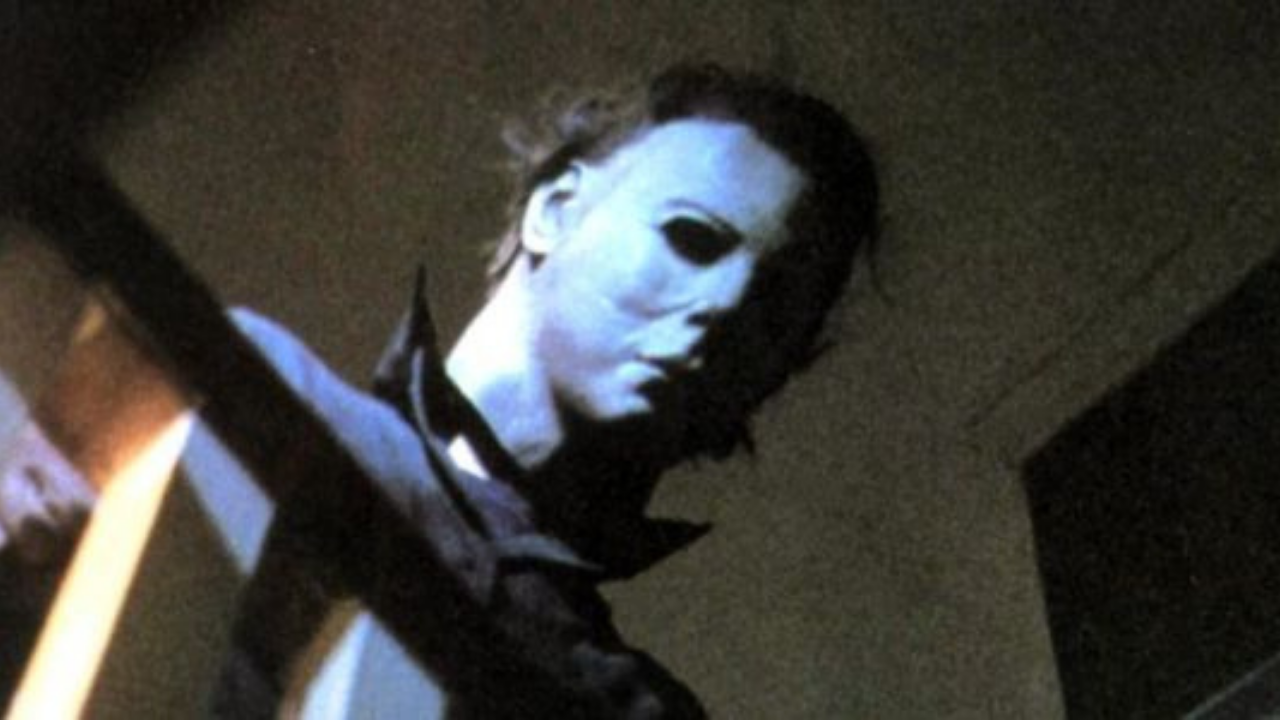
Halloween (1978 – 2022)
Committed to a sanitarium as a child for murdering his sister, on Halloween 1978, the masked Michael Myers returns to Haddonfield to wreak havoc among the townspeople.
The Best Thing: John Carpenter’s Music – Director John Carpenter’s eerie piano melody became synonymous with the masked killer, setting the stage for one of history’s most influential slasher films. When the series was rebooted (again) 40 years later, he returned to provide a killer soundtrack.
The Worst Thing: The Many Differing Timelines – The series’ convoluted timeline, including reboots, sequels, a standalone, and alternate continuities, can be confusing and frustrating for casual and die-hard fans. So, no shame if you need a guide to the timeline.
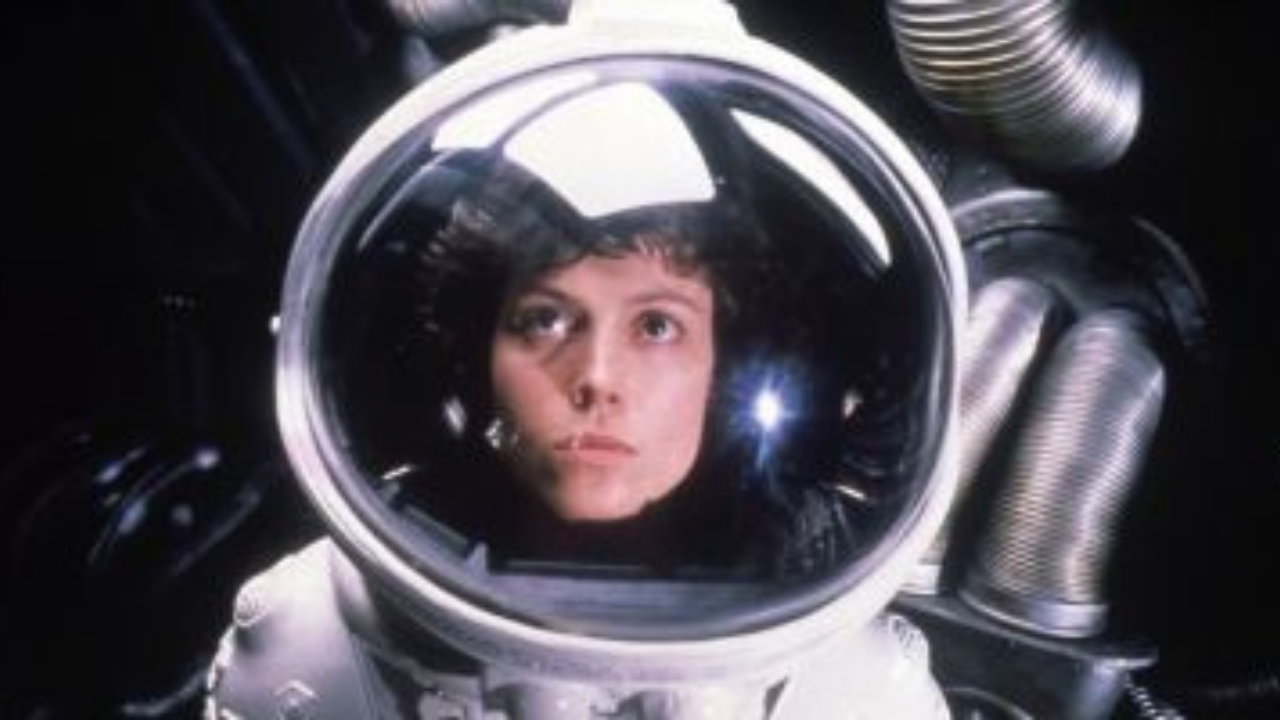
Alien (1979 – 2017)
Ridley Scott’s Alien (1979) is one of the best sci-fi movies ever and tells the story of Sigourney Weaver’s warrant officer, Ellen Ripley, and her battles with the extraterrestrial lifeform known as the Xenomorph.
The Best Thing: The Xenomorph – Audiences were introduced to the perfect killing machine designed by the late H.R. Giger, with its sleek, biomechanical design and acidic blood, becoming a symbol of extraterrestrial horror and one of cinema’s most iconic creatures.
The Worst Thing: The Prequels (Prometheus and Covenant) – Criticism emerged for the prequels deviating from the original films’ horror roots and spending too much time on Xenomorph’s origins.
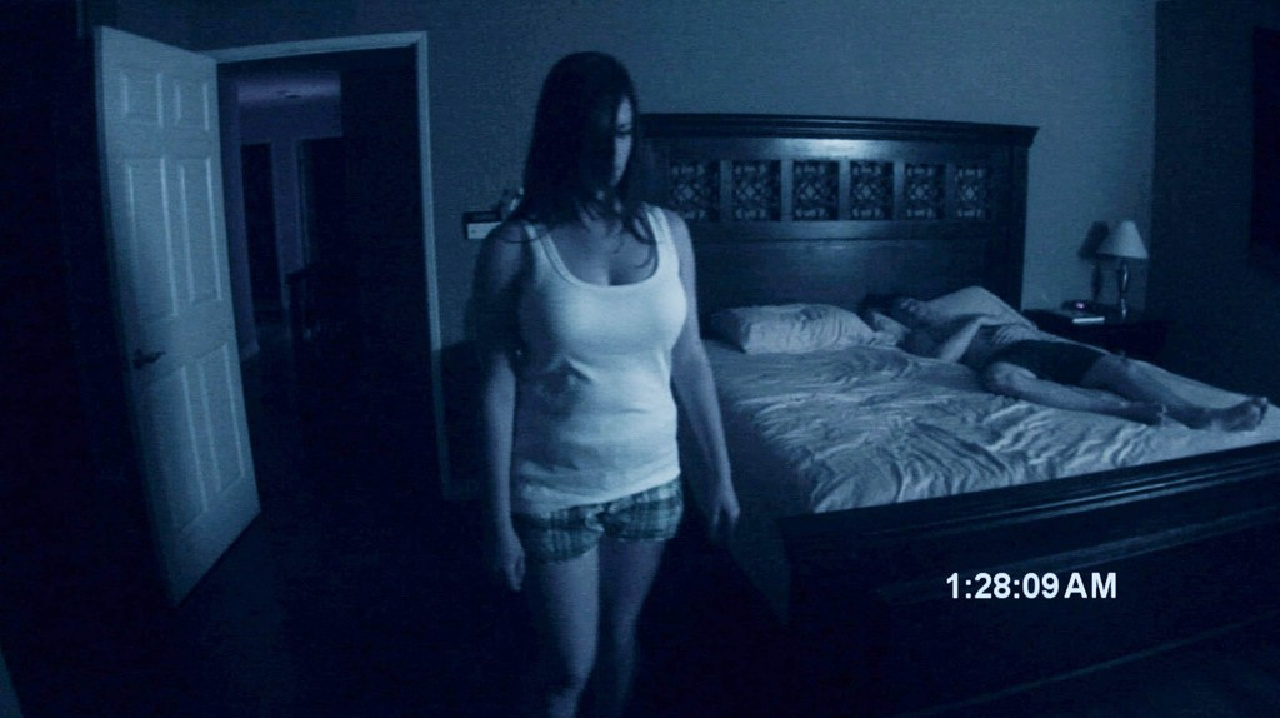
Paranormal Activity (2007 – 2021)
Oren Peli’s low-budget original found footage flick is set in October 2006 and follows a young couple, Katie and Micah, terrorized by a demon that has haunted Katie since childhood.
The Best Thing: The Low-Budget and Real-World Approach to Found Footage – Paranormal Activity revitalized the found footage subgenre, proving that a low-budget approach and a clever premise could achieve massive box office success and even become one of the best-haunted house movies of all time.
The Worst Thing: The Lack of Time Between Sequels – If you have watched the Paranormal Activity series in order, then you know quick turnaround between sequels led to diminishing returns.
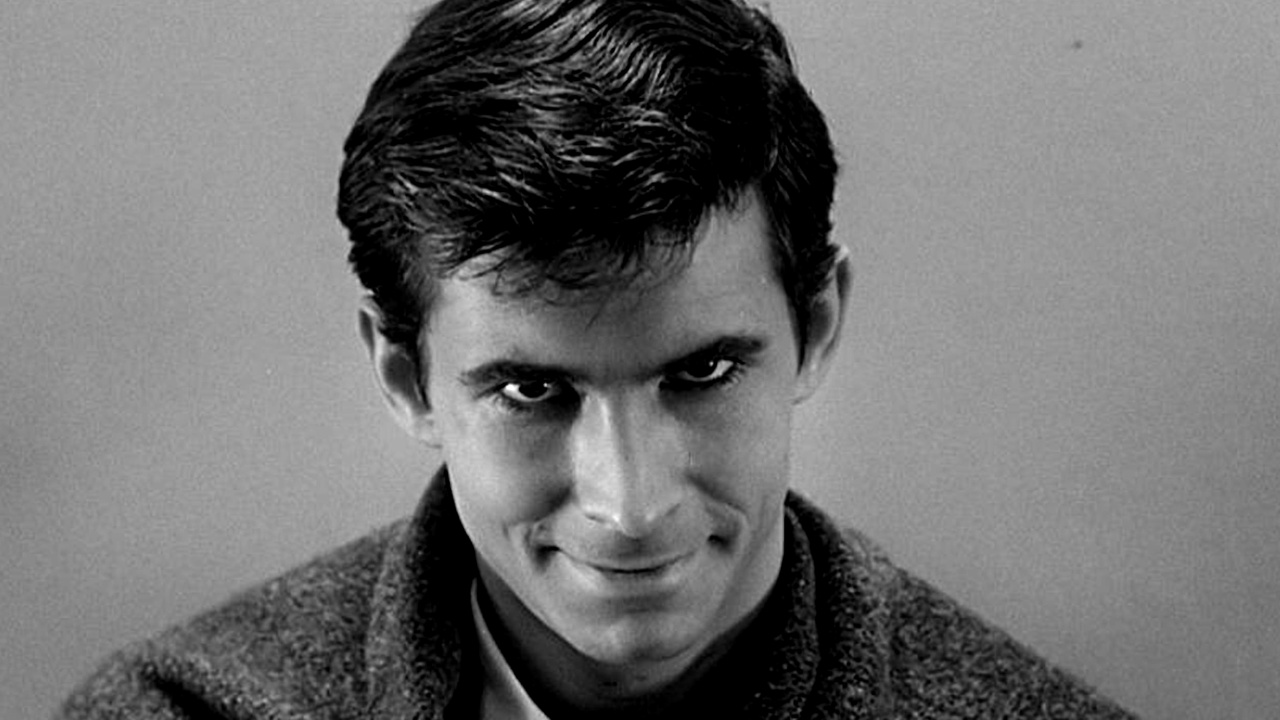
Psycho (1960 – 2017)
Starting with Alfred Hitchcock’s 1960 original, the Psycho franchise revolves around the life of truly terrifying classic horror villain, Norman Bates, a deeply disturbed young man running the Bates Motel. His mentally unstable nature stems from a twisted split personality resulting from his domineering relationship with his mother, leading him to occasionally commit murders.
The Best Thing: Anthony Perkins’ Performance – Psycho‘s enduring legacy is largely attributed to Anthony Perkins’ iconic portrayal of the disturbed innkeeper. His unsettling and nuanced performance made Bates one of the most memorable villains in cinematic history.
The Worst Thing: The Gus Van Sant Remake – Gus Van Sant’s color shot-for-shot remake of the masterpiece faced skepticism and failed to capture the essence of the original, feeling like an unnecessary imitation lacking the tension and brilliance of the original film, with Vince Vaughn unable to match Perkins’ portrayal.
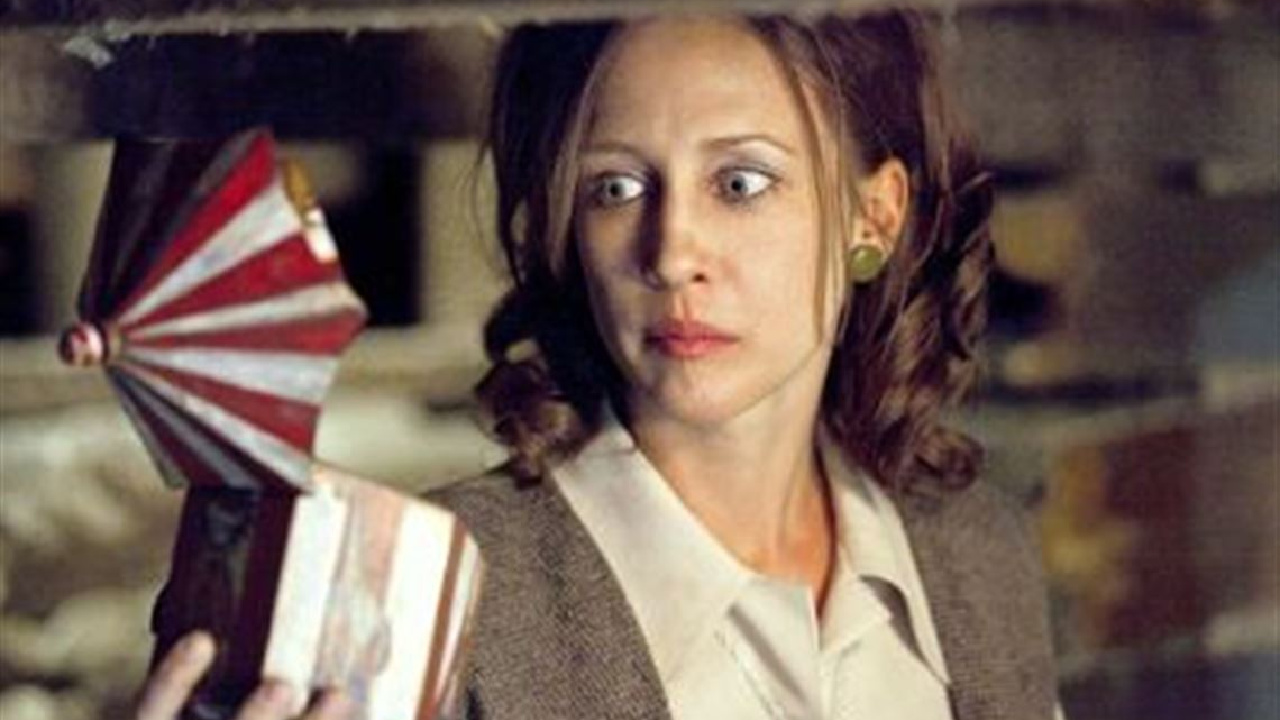
The Conjuring Universe (2013 – Present)
Beginning with James Wan‘s 2013 first entry, the films dramatize the real-life cases of Ed and Lorraine Warren, paranormal investigators linked to prominent yet controversial haunting cases.
The Best Thing: Strong Initial Core Films (Conjuring 1 & 2) – The first two flicks are pillars of the modern horror genre, renowned for expertly crafted scares, engaging characters, and Wan’s effective storytelling, setting the standard for the expanding universe. The clap sequence from the original remains memorable and chilling.
The Worst Thing: Weak Spinoffs of Varying Quality – While The Conjuring films thrived, some spinoffs, such as The Curse of La La Llorona, struggled to maintain the same quality and scares. The universe’s expansion led to some Conjuring movies not living up to standards set by the core entries.
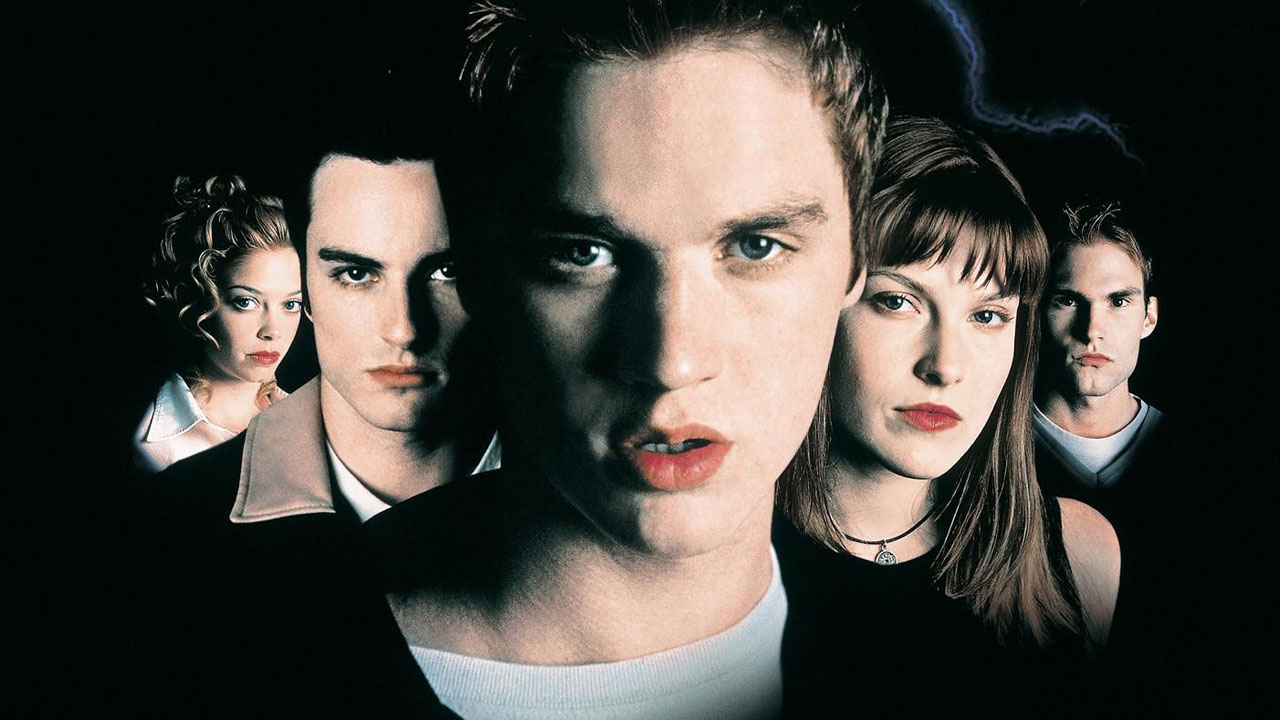
Final Destination (2000 – 2011)
Beginning in 2000, the Final Destination films revolve around a small group of people who escape the manifestation of death after one individual (the protagonist) has a sudden premonition and warns them about an impending disaster.
The Best Thing: The Memorable Kills – Final Destination‘s unique premise of death’s design led to inventive and memorable death sequences, some based on real-life accidents, captivating audiences with the Rube Goldberg-like chain of events leading to each character’s demise.
The Worst Thing: Lack of Story Innovation – As the franchise progressed, the formula became predictable, leading to a sense of repetition.
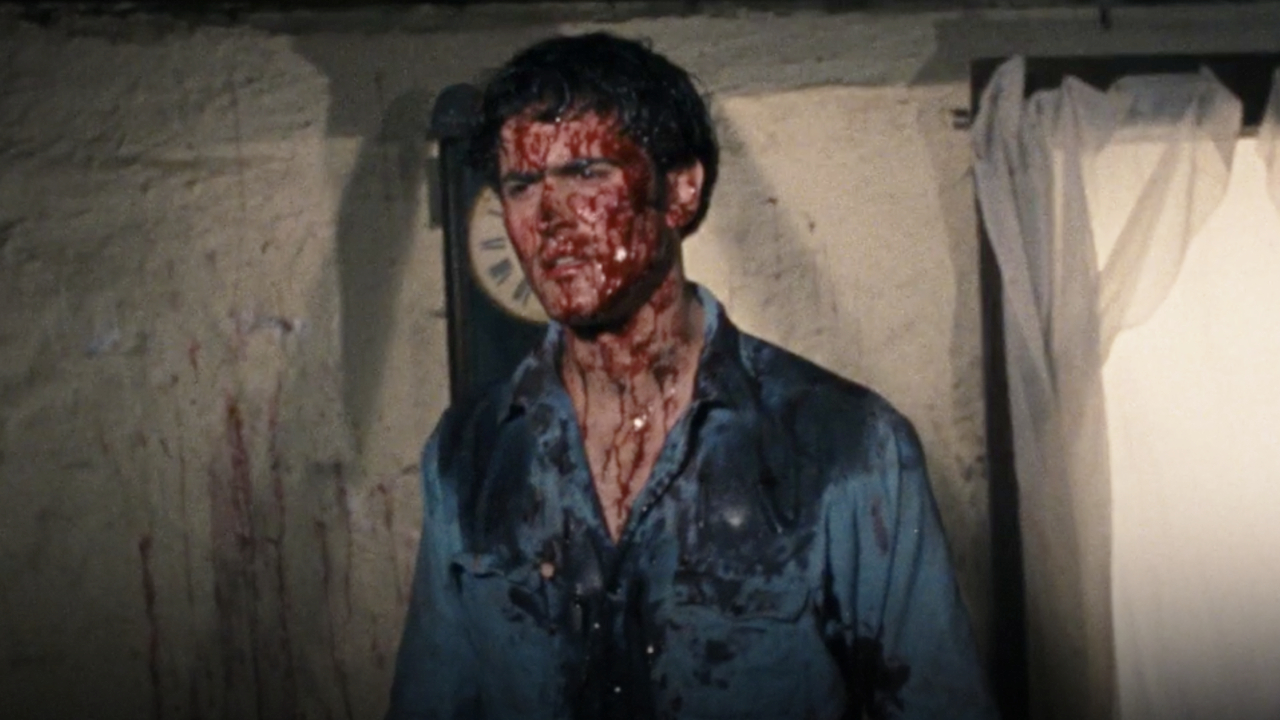
The Evil Dead (1981 – Present)
Sam Raimi’s 1981 debut film and subsequent series revolve around the Necronomicon Ex-Mortis, an ancient Sumerian text (now three volumes) causing havoc among a group of cabin inhabitants in a wooded area in Tennessee.
The Best Thing: The Series’ Cinematic Evolution – The Evil Dead franchise has undergone a remarkable evolution, starting as a low-budget cult classic and transforming into a polished, action-packed horror-comedy series, back to its horror roots.
The Worst Thing: The Treatment of Female Characters Early in the Series – The first movie faced criticism for its treatment of female characters, subjecting them to brutal violence, degradation, and an unfortunate sexual assault scene involving a demonic tree.
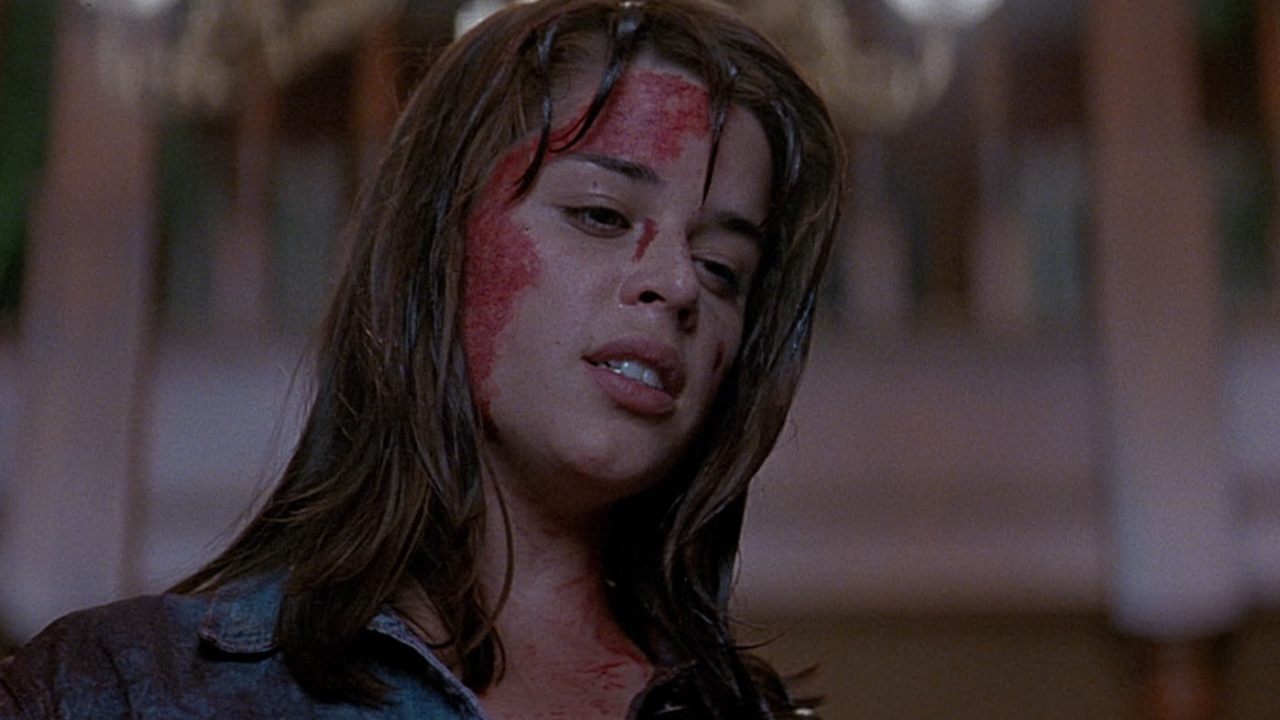
Scream (1996 – Present)
In 1996, director Wes Craven and writer Kevin Williamson jump-started a hip meta slasher whodunnit series that is still going strong nearly 30 years later.
The Best Thing: The Self-Aware Meta Tone – Scream revitalized the slasher genre with its self-referential and meta approach to horror. Characters in the film were well aware of the rules of horror movies, and the franchise’s clever writing and humor set it apart from traditional slashers.
The Worst Thing: Scream 3 – Rushed into production, Scream 3 is a definite low point for the series. This Hollywood-set outing faced criticism for its weaker plot, over-the-top moments, and weak villain reveal, leading some to feel it needed to live up to the standards set by the first two.
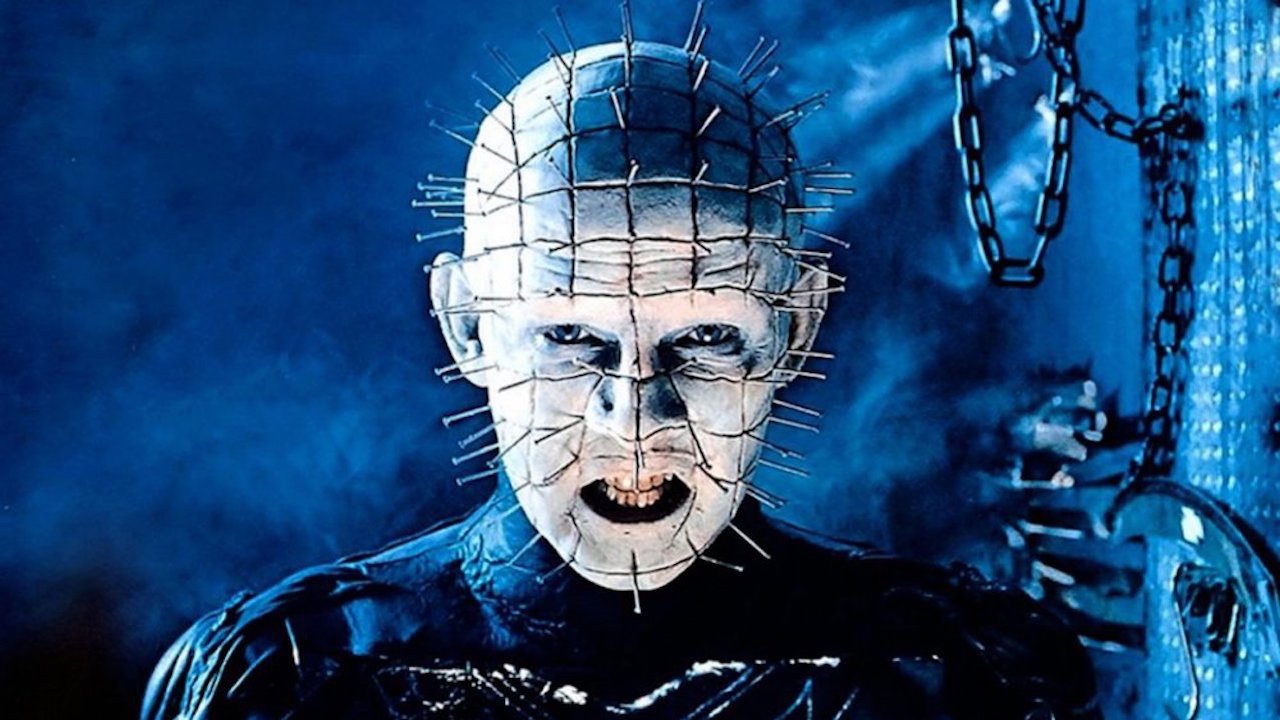
Hellraiser (1987 – 2022)
The Hellraiser series, starting in 1987 with Clive Barker’s film, centers around the Lament Configuration, a mysterious puzzle box that opens a gateway to a dimension ruled by sadistic beings known as Cenobites. Led by iconic character, Pinhead, the Cenobites bring unimaginable pain and pleasure to those who dare open the box.
The Best Thing: Clive Barker – Hellraiser owes its horrifying and twisted world to Barker, who created the novella “The Hellbound Heart,” on which the franchise is based.
The Worst Thing: Miramax/Dimension’s Involvement – From the ’90s to the 2010s, Miramax and Dimension Films held the rights and produced numerous direct-to-DVD sequels with questionable creative decisions, leading to lackluster entries and hindering the franchise’s potential for consistent quality.
Every major horror franchise has its successes and missteps, leaving lasting memories of fear and excitement. From Saw‘s innovative puzzles to Friday the 13th‘s iconic villains, these franchises have etched their names into horror history, tapping into our deepest fears and captivating audiences for generations to come.









